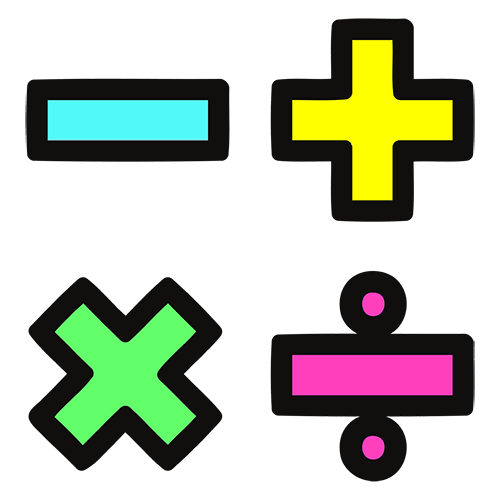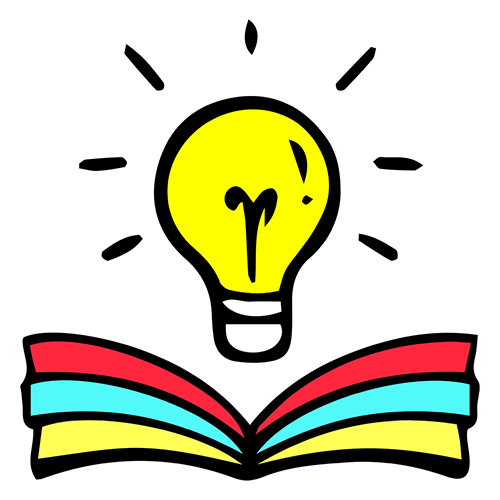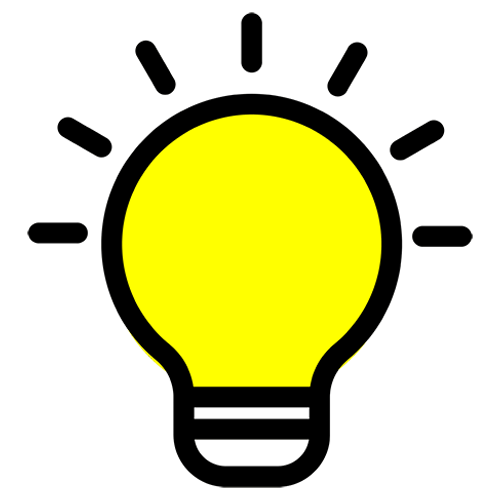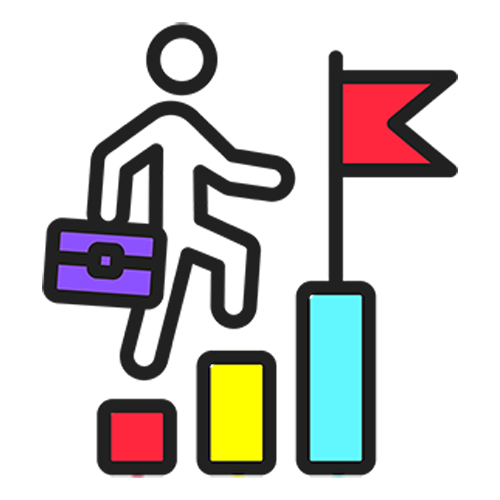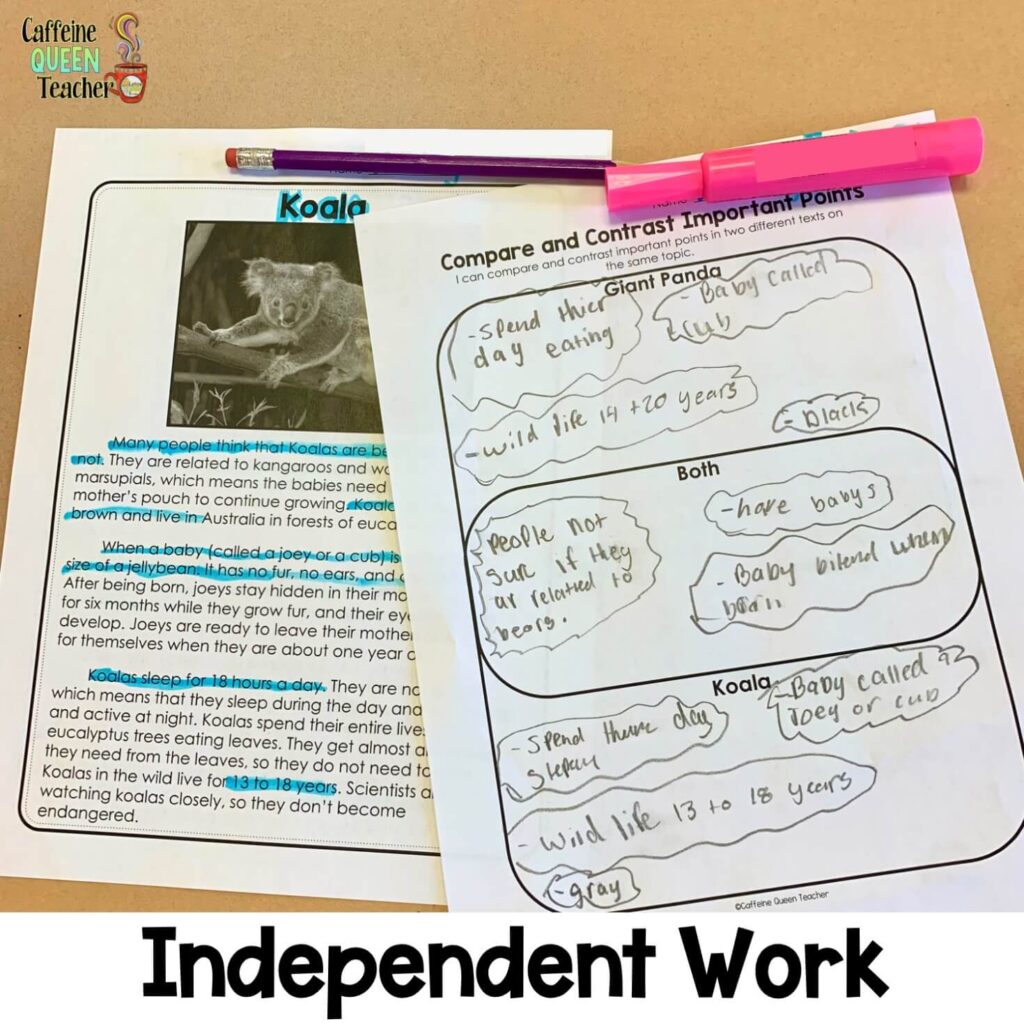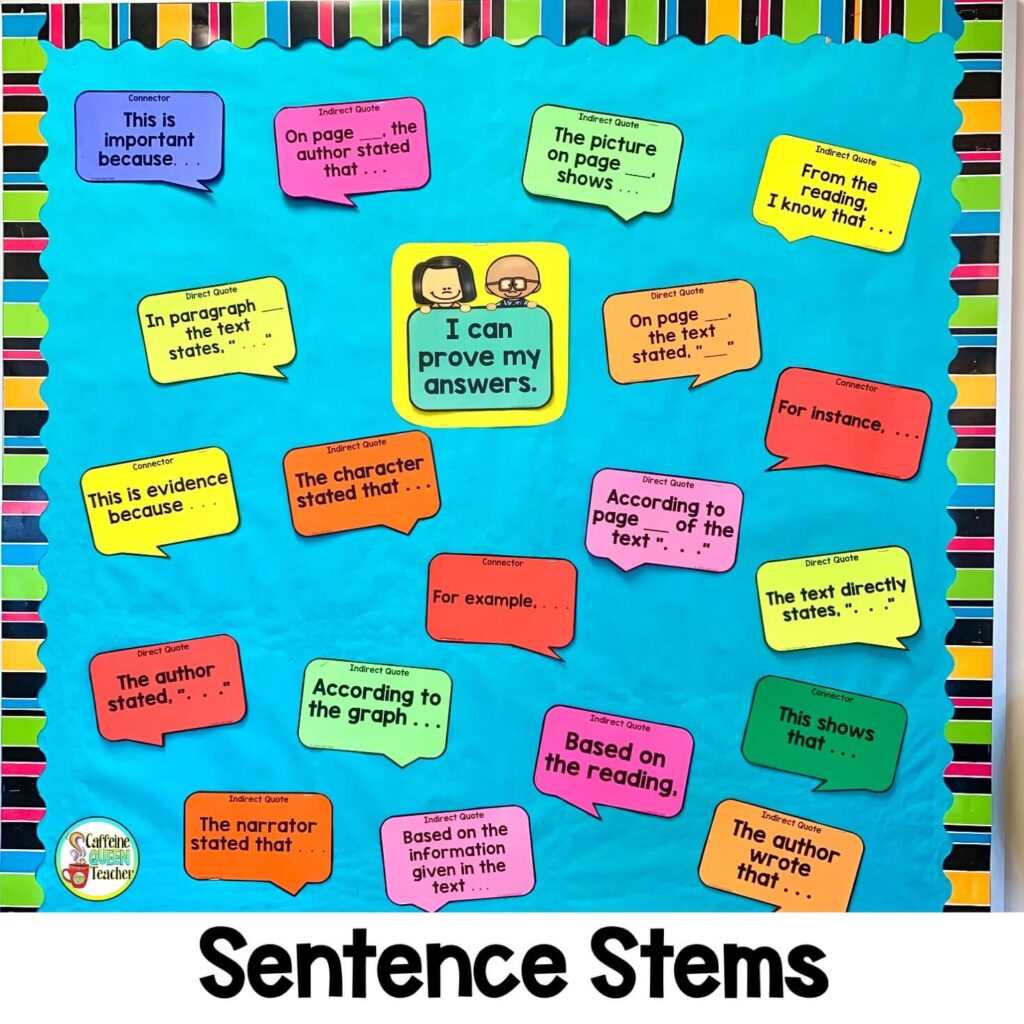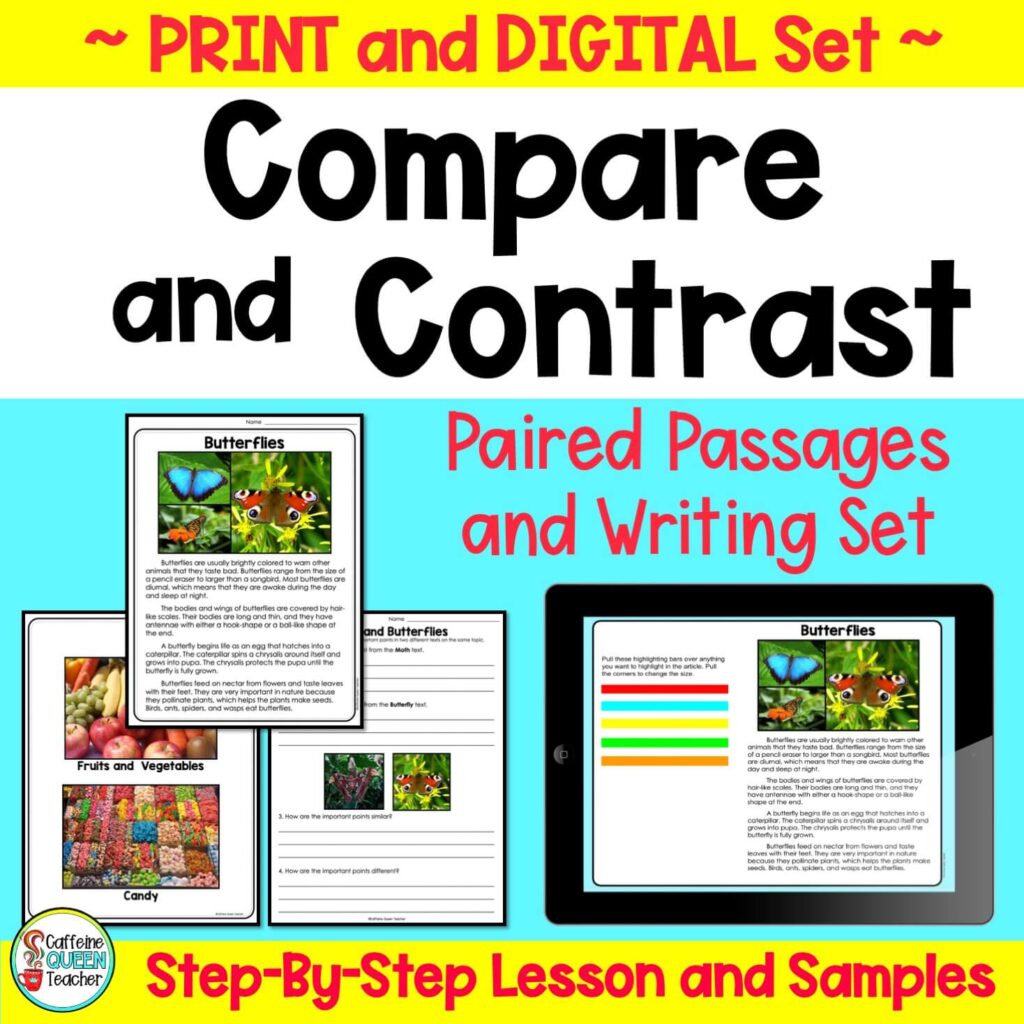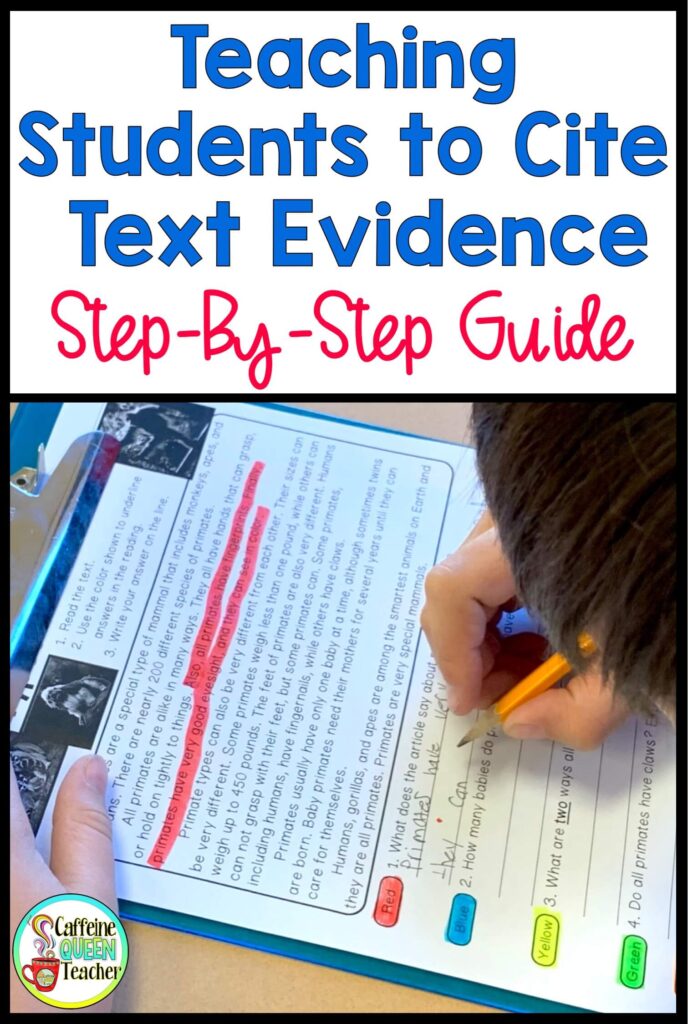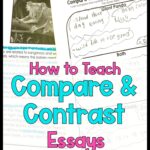Discover a step-by-step approach to teaching compare and contrast essay writing to students using engaging visuals and paired passages.
Sometimes, you have to slow down to speed up. When it comes to teaching, compare and contrast essay writing to students, that saying definitely applies.
I’ve learned that spending meaningful time upfront instructing students on organizing their thoughts and words pays off.
Explicitly teach writing
I’ve learned that students can easily explain verbally how two objects are alike and different. However, these same students often struggle with writing.
I can tell you that simply assigning more and more writing practice is not the answer.
Instead, students need:
- each step explained clearly
- a way to organize their thoughts
- a structure to guide them
- examples of essays – the good and the bad – to model their writing and provide direction.
Here are the steps and scaffolding I use when teaching students to write compare-and-contrast essays.
Explain the definitions to ensure understanding
First, students need to understand what the words compare and contrast mean.
Compare means to recognize and examine how two things are similar.
Contrast means to recognize and examine how two things are different.
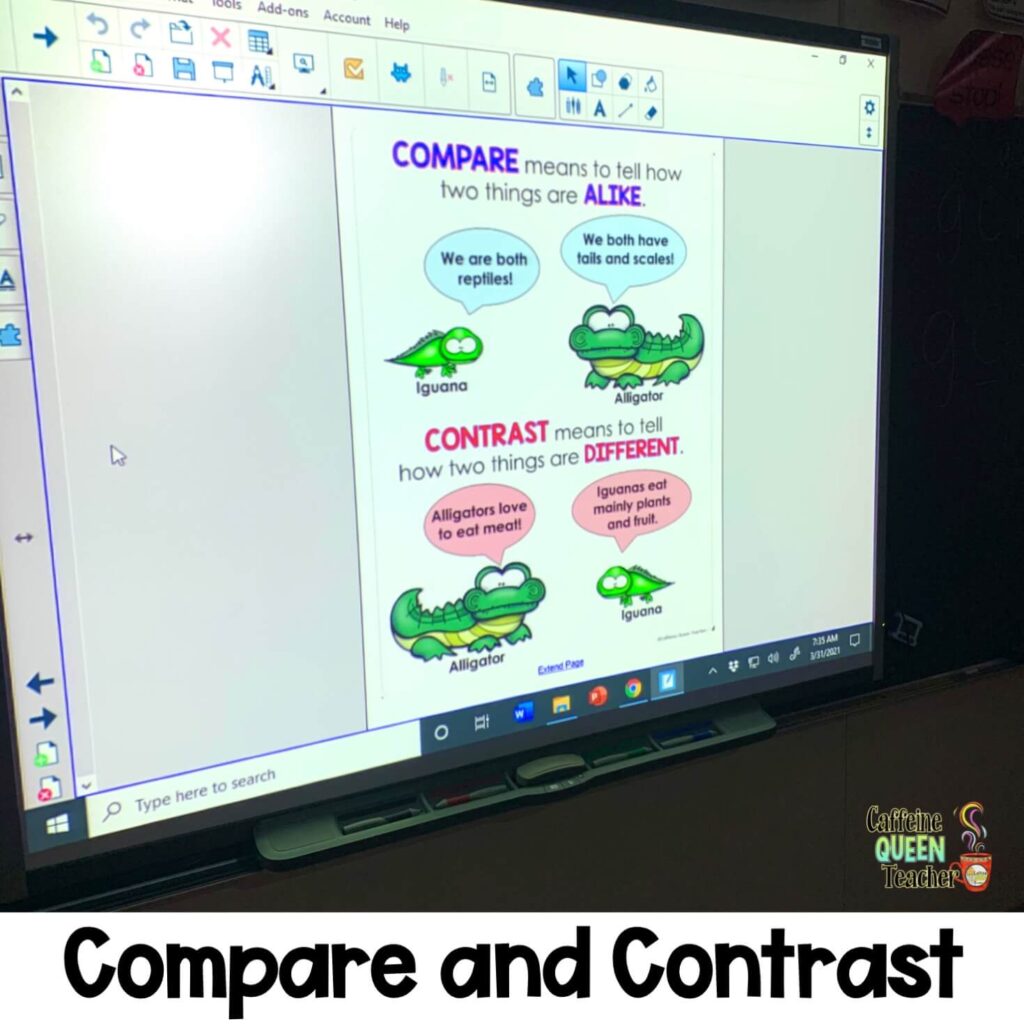
Compare and contrast familiar objects and pictures
I plan at least two days for this activity.
On the first day, practice by comparing two similar items that are familiar to students. Use items they can see and touch, such as earbuds vs. headphones or markers vs. crayons.
You can also use pictures of two items, such as a bus vs. a car or a cardinal vs. an eagle.
At this point, comparing and contrasting should be intentionally easy in order to build students’ confidence and skills.
Students should identify important points or characteristics of each item or picture. Depending on your students’ abilities, this can be done together as a group or individually with sticky notes.
Next, create a big Venn diagram using an interactive whiteboard, a chalkboard, or chart paper. Discuss the important points students identified and decide where they should be categorized on the Venn diagram. Try to find at least three similarities and three differences for each section of the organizers.
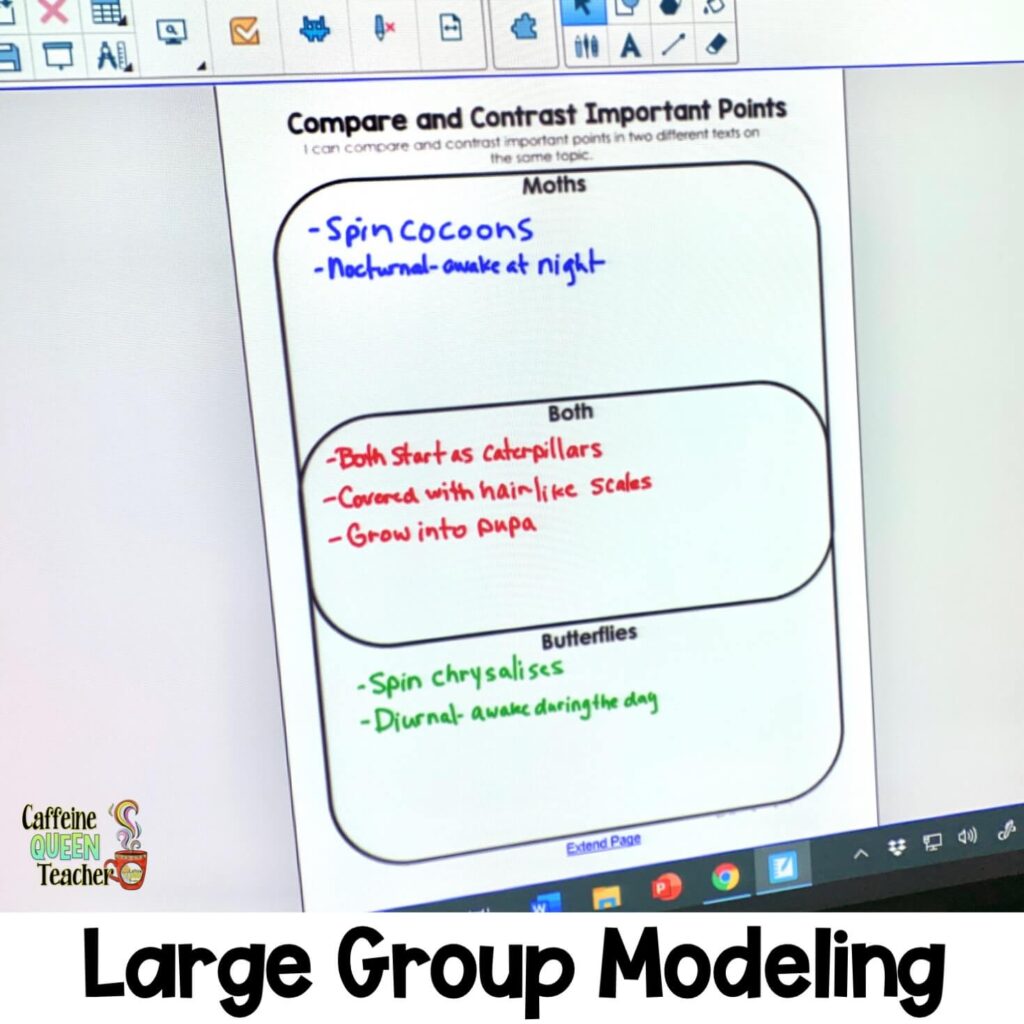
On the second day, follow the same plan but scaffold the activities to provide more independent practice. For example, students can independently practice comparing and contrasting by completing a Venn diagram. For students who might struggle with independent work, meet with a small group while the others work independently.
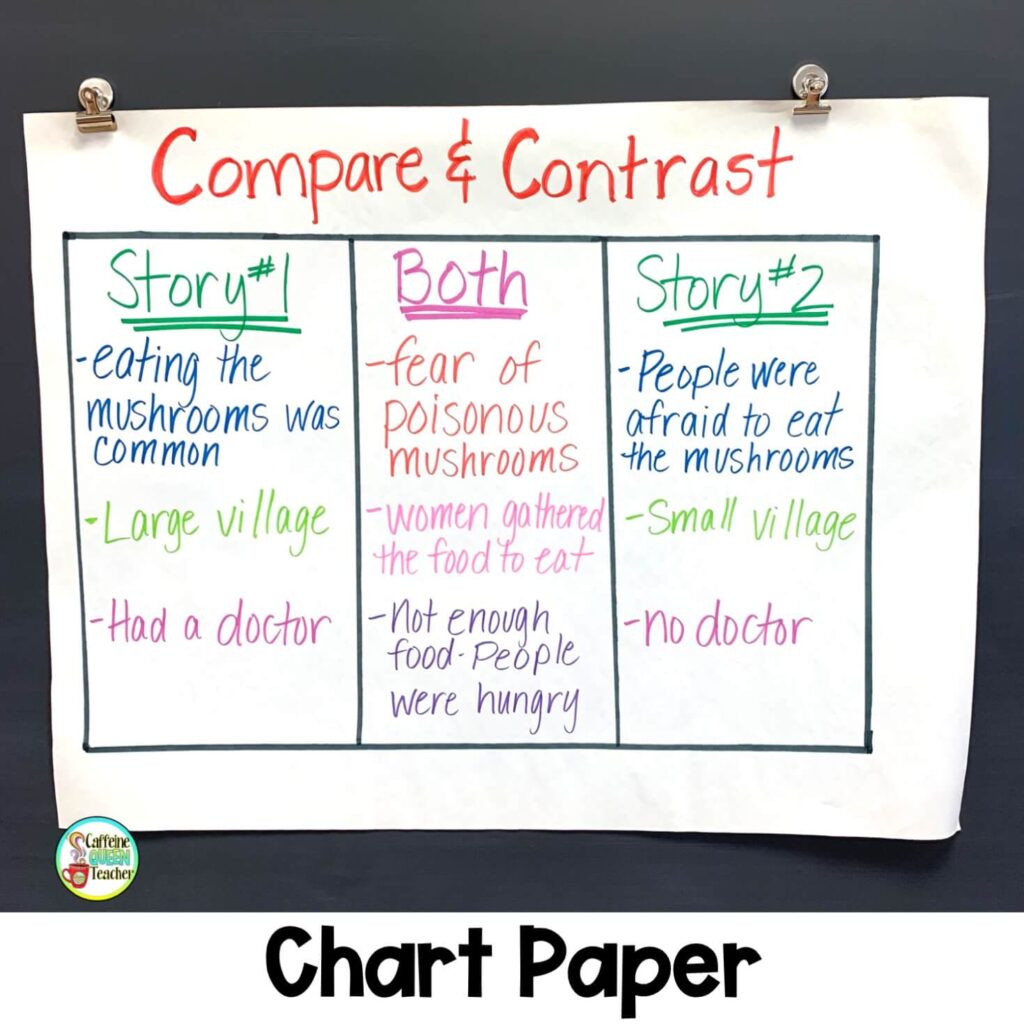
Compare and contrast text
The next step is to compare and contrast text, such as stories and passages. Choose two texts that are related in some way, such as similar topics, genres, subject matter, etc.
Moving from comparing and contrasting objects or pictures to paired passages is a big step. This move generally takes a few practice sessions before students feel ready to begin writing an essay. They’ll need more time to compare and contrast the passages and to learn to balance the differences between the passages.
Important Point – Many students tell only how the two things are the same or only how they’re different. Students need to explain both similarities and differences. They also need to balance the differences. For example, if students compare animals and a key point from passage A is size; then size should also be listed for passage B on the Venn diagram as a point being contrasted.
For beginners,
the general plan for comparing and contrasting paired readings is:
- Read the two texts together as a group.
- Compare and contrast together as a group or individually.
- Finally, model and write the paragraph or essay together as a group the first time through.
Begin scaffolding the lessons by providing opportunities for independent work. Begin doing a bit less as a group and allow students to take more steps by themselves.
For example, read the texts together but allow students to independently explore and identify similar and different points.
Continue to use gradual release until students are completing the work independently.
Worth trying – Consider choosing passages right at students’ ability levels or slightly below their ability levels for the first independent practice.
Step-by-step plan to compare and contrast text
The following steps outline the plan I use each year to teach students to compare and contrast using paired passages successfully. I typically introduce the process in January and continue fine-tuning it through the spring.
1. Break down questions and prompts
Model reading and rereading the question or prompt several times. Students must understand exactly what the question is asking them to do.
Take the time to break down every word. Explicitly teach the meanings of words like evaluate, list, explore, explain, etc.
Students should highlight, underline, or circle important keywords from the question. They should then use those keywords to turn the question into a statement. This statement becomes the topic sentence for the essay.
2. Highlight the passages
I instruct students to read paired passages through the first time without marking them up. The second reading is the time for highlighting, underlining, and circling.
As you begin scaffolding, students can experiment using one color to highlight similarities and another color for differences.
Advanced students can try marking each important point in a different color. For example, if students compare and contrast two animals, they might underline the size of the animals in pink. They can underline the prey in yellow, etc.
3. Organizing students’ thinking
Now that students have identified the important details, they need to organize them.
Organizers are perfect for compare and contrast questions. Students can practice with Venn diagrams, lists, or other types of organizers.
I’ve debated with other teachers about the merits of having students write complete sentences on organizers versus jotting notes, abbreviations, and ideas. Some teachers feel that students need to get their ideas down on paper quickly and that complete sentences can wait. Other teachers want the organizers to include the hard part of developing complete sentences.
Think it over and decide what’s best for your class based on your students and their abilities.
4. Developing sentences with sentence starters
The topic sentence can and should be developed using the keywords from the question or writing prompt.
The body sentences can follow a basic formula or recipe. I model writing the body sentences using sentence starters or sentence stems.
Point out to students that everyone’s writing will be worded differently, and that’s perfectly fine. With writing, there are many ways their thoughts can be expressed.
Here are some basic sentence starters:
The first way ______ and _______ are alike is _______ .
Another similarity between ______ and _______ is _______ .
However, a difference between ______ and _______ is _______ .
Important Point – In the beginning, students will rely heavily on these sentence stems. With practice, they’ll gradually begin to trust themselves and their own way of expressing ideas. The sentence stems are an important scaffold for beginning and struggling writers. They may need help wording their sentences and understanding how to fill in the blanks.
5. Developing paragraphs
I’ve found that beginning and struggling writers have an easier time writing separate paragraphs for similarities and differences. For example, after the introduction, focus on a paragraph describing similarities followed by a paragraph or two focusing on differences. This structure is called a block format.
Here’s a typical block format:
- Introduction to items being compared/contrasted
- Body paragraph #1: similarities of items/topics being compared
- Body paragraph #2: differences of item/topic #1
- Body paragraph #3: differences of item/topic #2
- Closing/Conclusion paragraph
The other structure is to compare and contrast the details by alternating point-by-point.
Here’s a typical alternating format:
- Introduction to items being compared/contrasted
- Body paragraph #1: similarities and differences of point #1
- Body paragraph #2: similarities and differences of point #2
- Body paragraph #3: similarities and differences of point #3
- Closing/Conclusion paragraph
Decide how you want the paragraphs structured and teach students to follow that structure each and every time. Less sophisticated writers may become confused if you try teaching both structures or giving them a choice.
6. Remember to use transitions
Finally, I encourage students to use transitions to move from one sentence or point to another.
Transition words help the essay flow and signal to the reader the direction the essay is heading.
Discuss the meanings of transition words with students. I’ve found that many students don’t fully grasp the connotation of transitions. Students also need to learn why one particular transition word may be better suited for a sentence than another.
Final thoughts about comparing and contrasting
Remember – practice makes permanent! The more students practice these skills, the better they’ll become. The gradual release method works very well for this type of writing.
Looking for compare and contrast activities?
Would your students benefit from practicing these skills? You can save time by using my Compare and Contrast Paired Passages Set. This bundle, geared towards grades 2-4, will save you time spent planning. It includes both printable and digital versions!
Compare and Contrast Paired Passages and Writing Set – Students learn and practice comparing and contrasting informational texts through pictures and paired text passages with posters for support. These passages can be printed or assigned through Google Drive or Google Classroom.
Sentence Starters for Writing and Citing Text Evidence – Sentence stems are the beginnings of sentences. They help students develop high-quality answers when responding to text questions. This mini-poster set is a terrific reference for classroom bulletin boards.
Related articles to learn more:
Prepare for Testing with Writing Stems – Writing stems help students answer constructed response questions as they cite evidence from the text. Learn how to use writing stems in your classroom.
How to Teach Students to Cite Text Evidence – This article offers a step-by-step guide for teaching students to identify textual evidence and support answers to text-based questions with text evidence from passages.
If you found this article useful, please follow me at my Teachers Pay Teachers Store, Pinterest, and Facebook!

